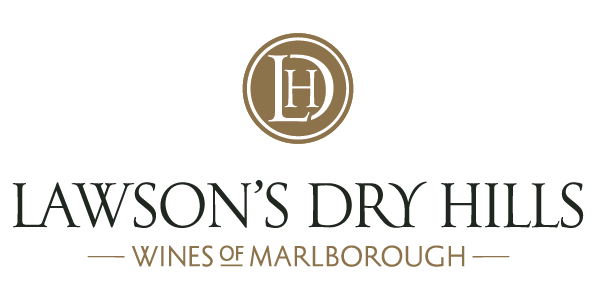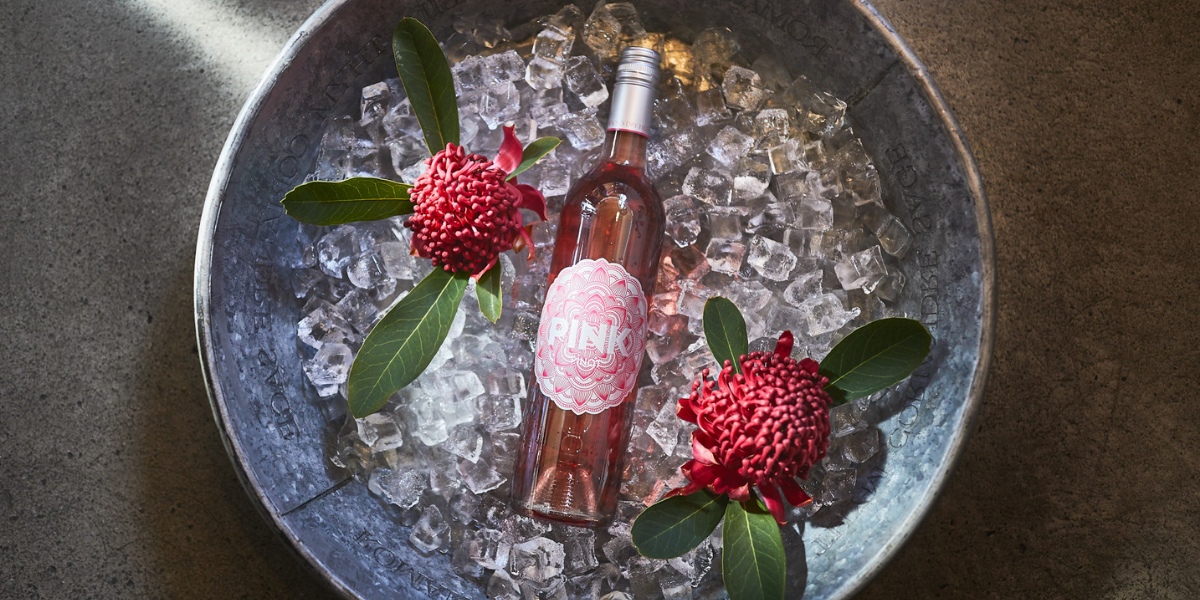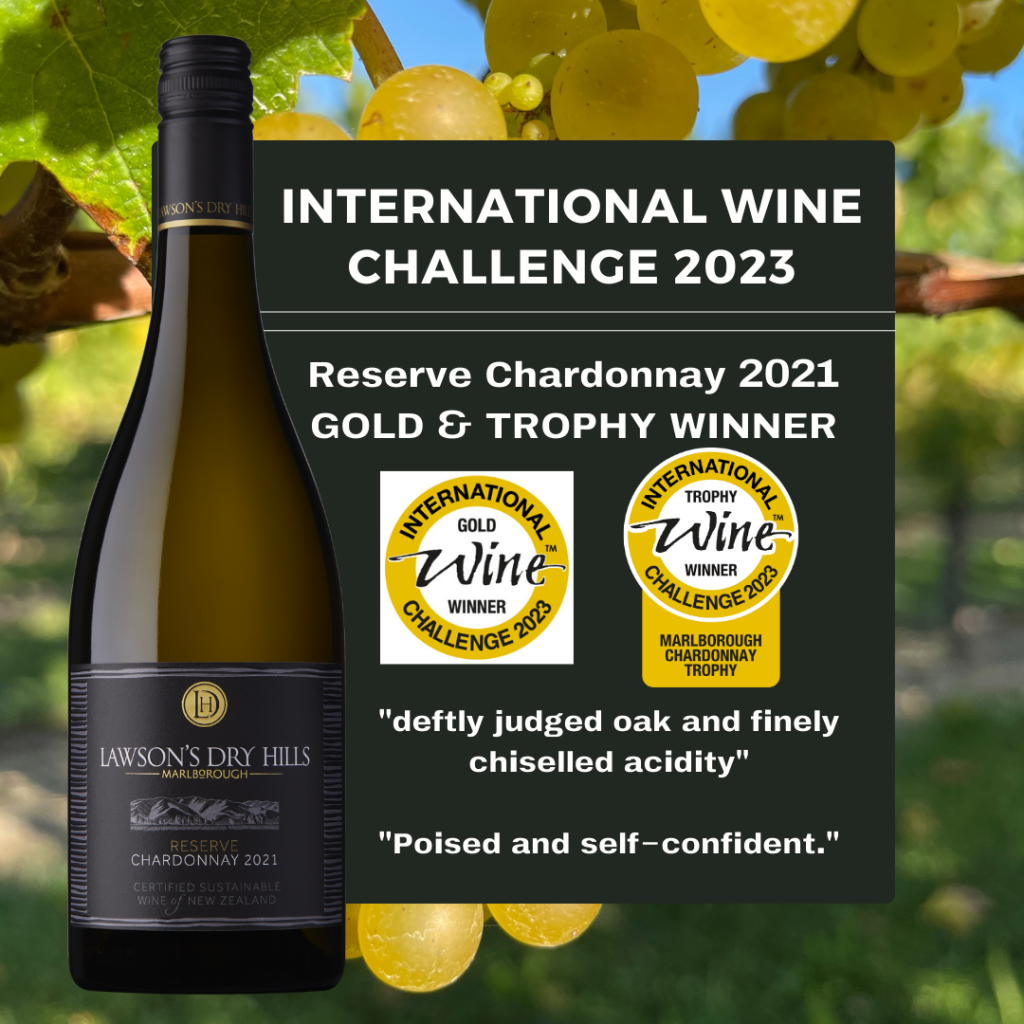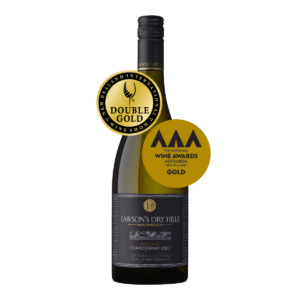Across the ever-changing wine landscape, there’s one trend that’s growing at a startling rate. Rosé. It continues to climb the sales charts with both seasoned aficionados and newcomers to the world of wine thoroughly enjoying drinking pink. The release of PINK Pinot by Lawson’s Dry Hills is indicative of how far Rosé has come – and how seriously the country’s quality wine producers are taking it. Winemaker Marcus even chose to use an imported a yeast from the south of France especially suited to this style of Rosé.
The latest wine competitions add a sense of perspective to how much Rosés have come of age. At the 2018 New Zealand Wine of the Year Awards, there were 70 medal-winning wines. The winner of the Best Open Red category was in fact a Rosé, not a traditional red Pinot Noir or Syrah as you may have expected. A record number of 100 Rosés lined up for the 2018 New World Wine Awards – up 33% on the previous year. Then at the latest Organic Wine Awards, there were eight Rosé medal winners – more than for varietals like Merlot, Cabernet Sauvignon, Syrah and Gewürztraminer.
In 2015, Decanter magazine reported record sales of Rosé in the US and today the trend continues to gather momentum. From 2001-2016, 11.5 million litres were exported from France to the US, as reported by Wine Spectator magazine. Even celebrities like Brad and Angelina joined the movement having invested $60 million in Chateau Miraval in the Côtes de Provence back in 2011. Closer to home, new Rosés are constantly being added to the line-ups of major wine producers on both sides of the Tasman.
With over 150 New Zealand examples on the shelves in right now (and counting), Rosés are creating strong demand from women and younger wine drinkers, but men are also joining in, disproving the stereotypical assumption of ‘pink must be for girls’ (about time!).
So where did it all begin? Provence in southern France is the heartland of Rosé while other French regions including the Loire, Languedoc-Roussillon and Corsica also produce many high-quality examples. Virtually every wine region in the world produces Rosés, the most well-known globally being Mateus from Portugal in the distinctive flask-shaped bottles (often coveted as candle holders back in the ‘70’s).
From a style perspective, there tends to be two distinctive camps – darker, slightly sweeter wines or the more favoured pale and dry ones, such as those predominantly from Provence. Rosé is made by crushing the grapes and leaving the skins in contact with the juice for just enough time to extract the desired amount of colour. The skins are then removed and the juice usually fermented cool, in stainless steel. A number of red varietals are suitable for Rosé with many of New Zealand’s north island producers opting for Merlot or Sarah, while south island wineries tend to choose Pinot Noir.
To create PINK, Marcus chose Pinot Noir grapes from the company’s Chaytors Road vineyard in Marlborough’s Wairau Valley. Grapes were picked in early March with sugar levels of 21.5° Brix, a crisp acidity and lovely, intense flavours. Once in the winery, the grapes were gently pressed and allowed to settle overnight. Then during fermentation, the specially-imported yeast proved its worth, highlighting the natural berry fruit characters to help create a ripe, fruity yet refreshingly dry wine. Marcus is delighted with the results, saying, “We have worked hard in the vineyard and winery to craft a wine that is a much fun as the packaging – beautiful on the eye and delicious on the palate”.
As one trade professional said when tasting PINK, “It’s a rare thing to find a pale Rosé that is dry, yet so packed with flavour!”
So as spring gently creeps up on us and we think ahead to warm, summer evenings, there will be many delicious pink wines to sip and enjoy chilled, including the brand new PINK Pinot by Lawson’s Dry Hills. This immensely drinkable wine with lifted aromas of ripe strawberry and elegant floral notes is ideal for serving with those mixed platters of cured meats, olives and young cheeses.
PINK Pinot sits alongside the popular Lawson’s Dry Hills estate range that includes Sauvignon Blanc, Chardonnay, Riesling, Pinot Gris, Gewurztraminer and Pinot Noir, but looks very different! The label is modelled on the popular mandala pattern, the literal meaning of which is ‘circle’ which represents wholeness. A circle also denotes balance and perfection, important characters in great wine. Dressed in silver, which is said to restore balance and pink for compassion and glamour, this exciting new wine should be enjoyed with great friends, delicious eats and inspiring conversation.
